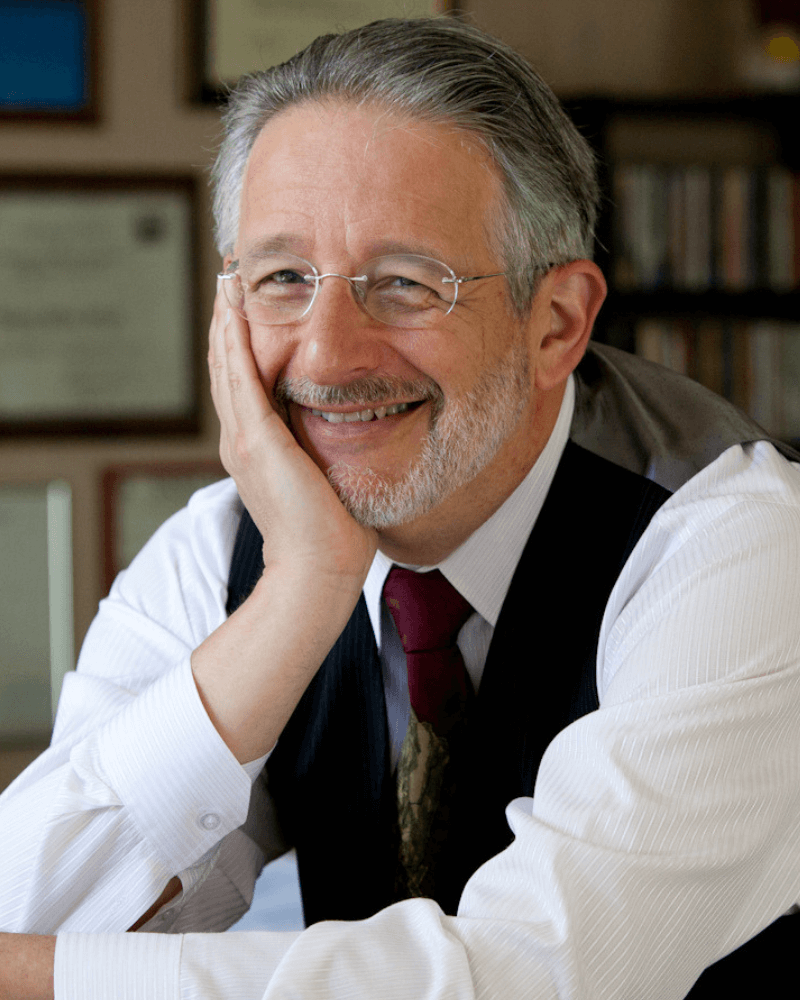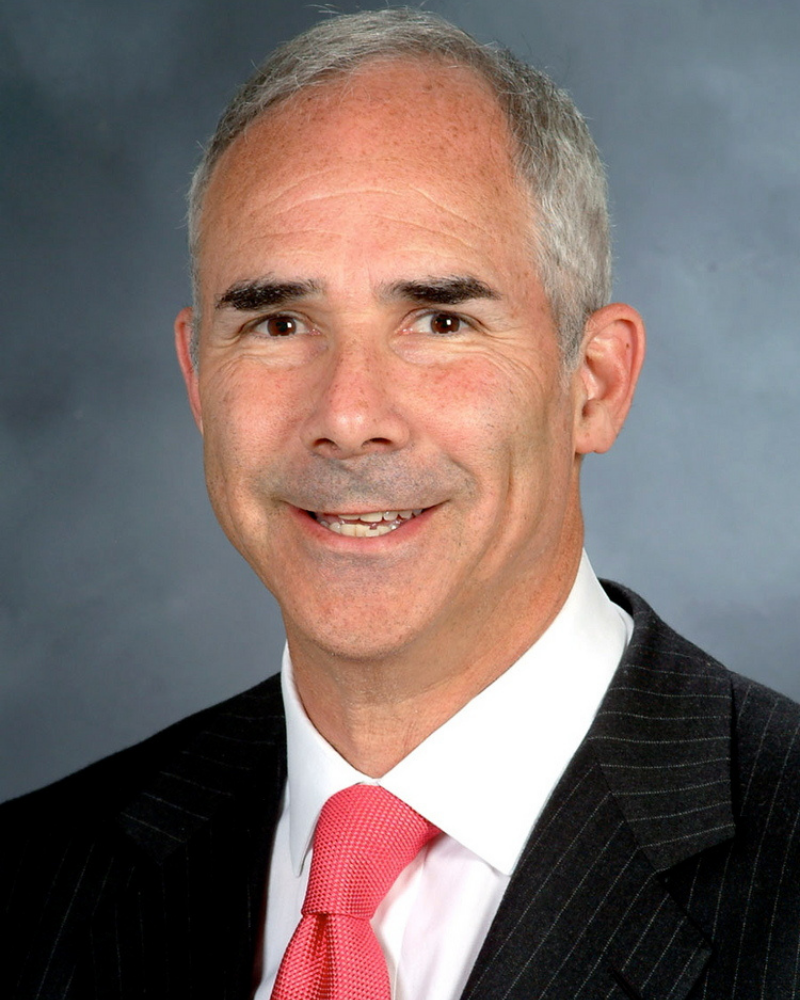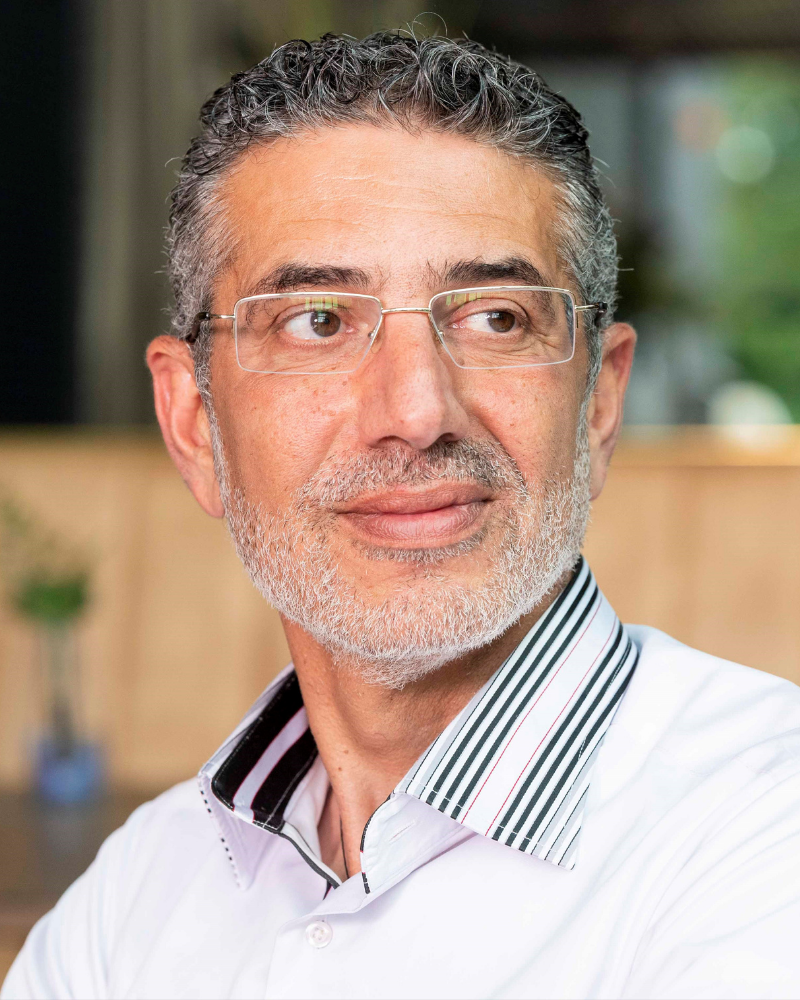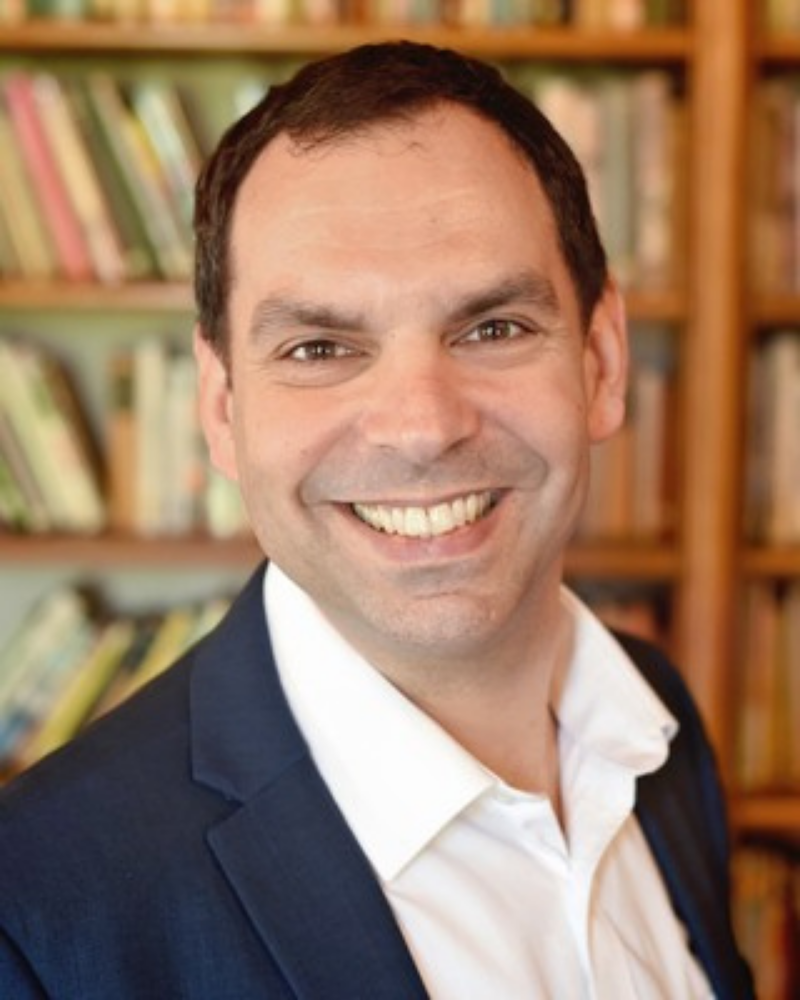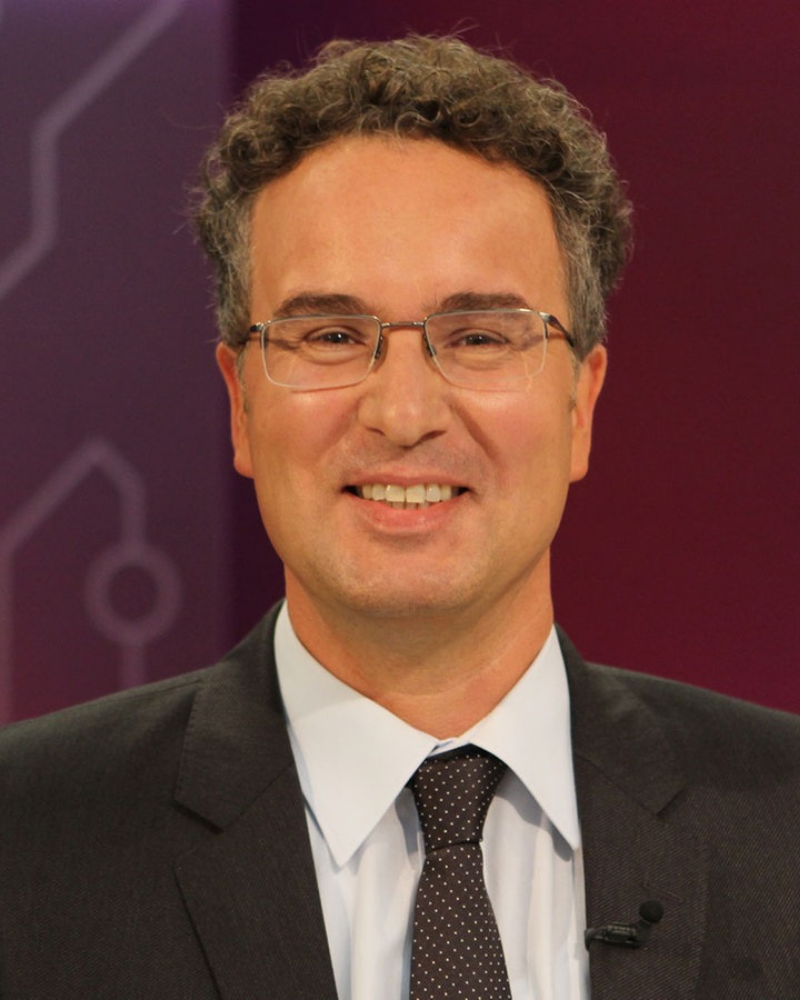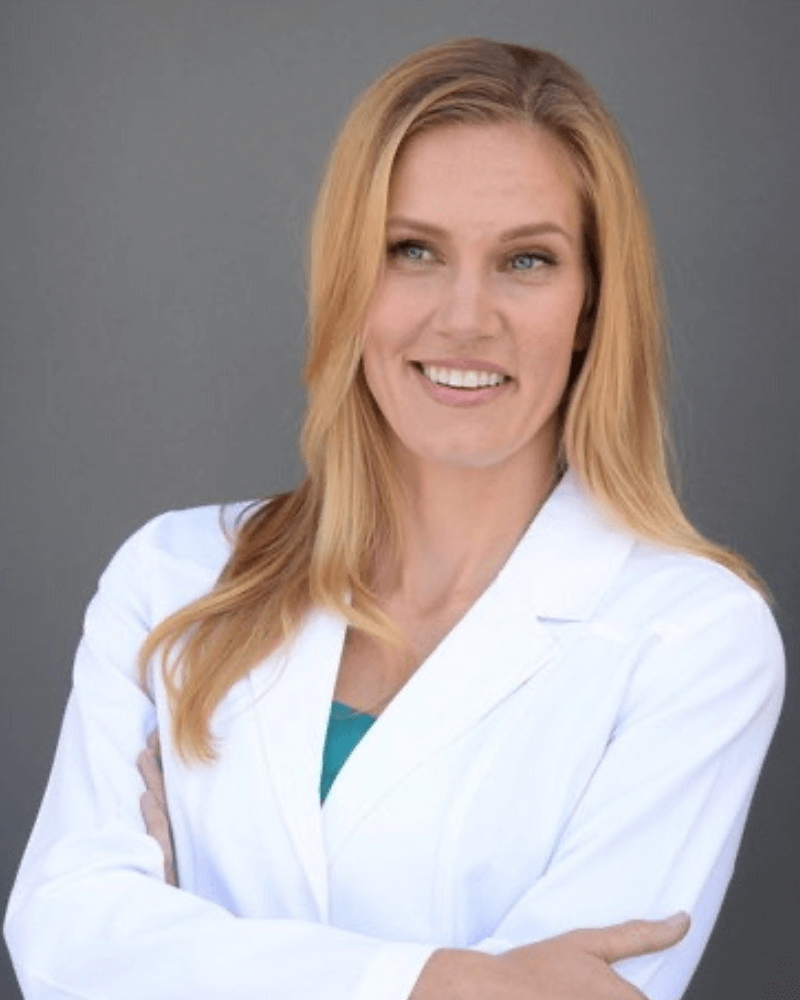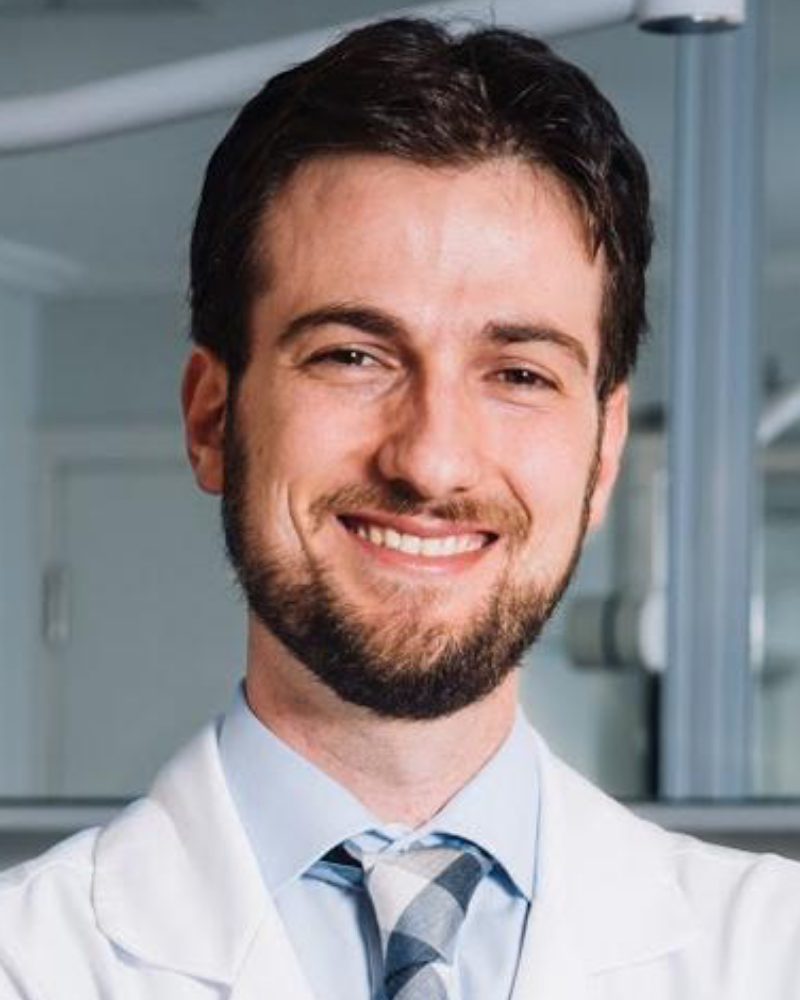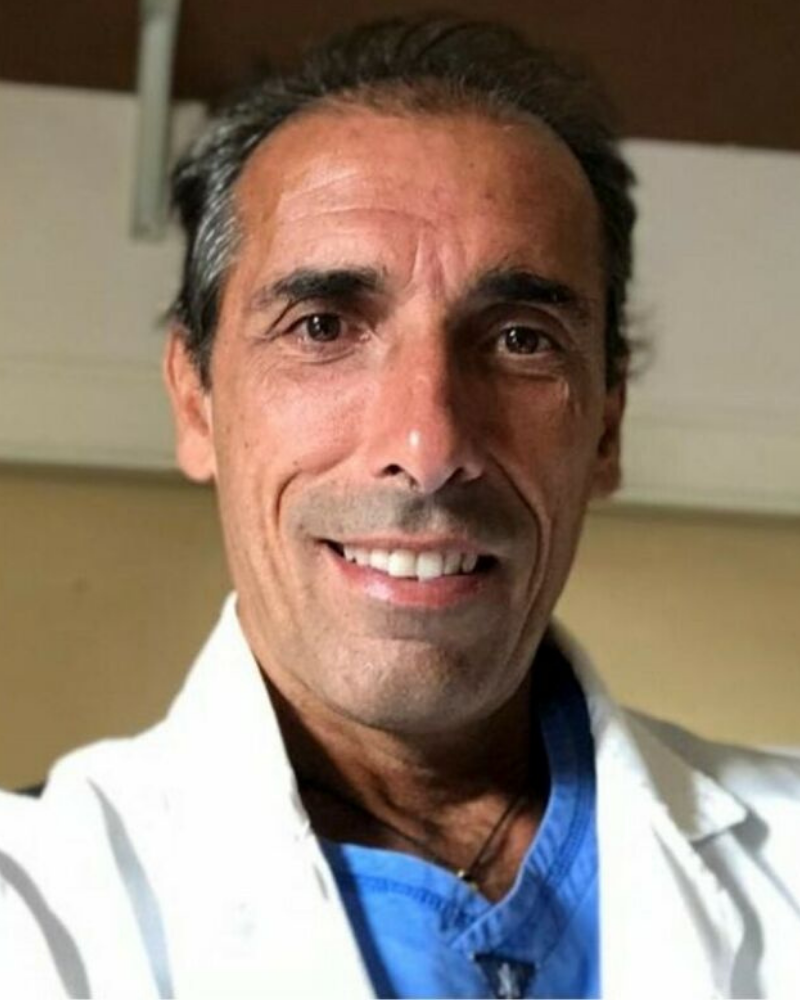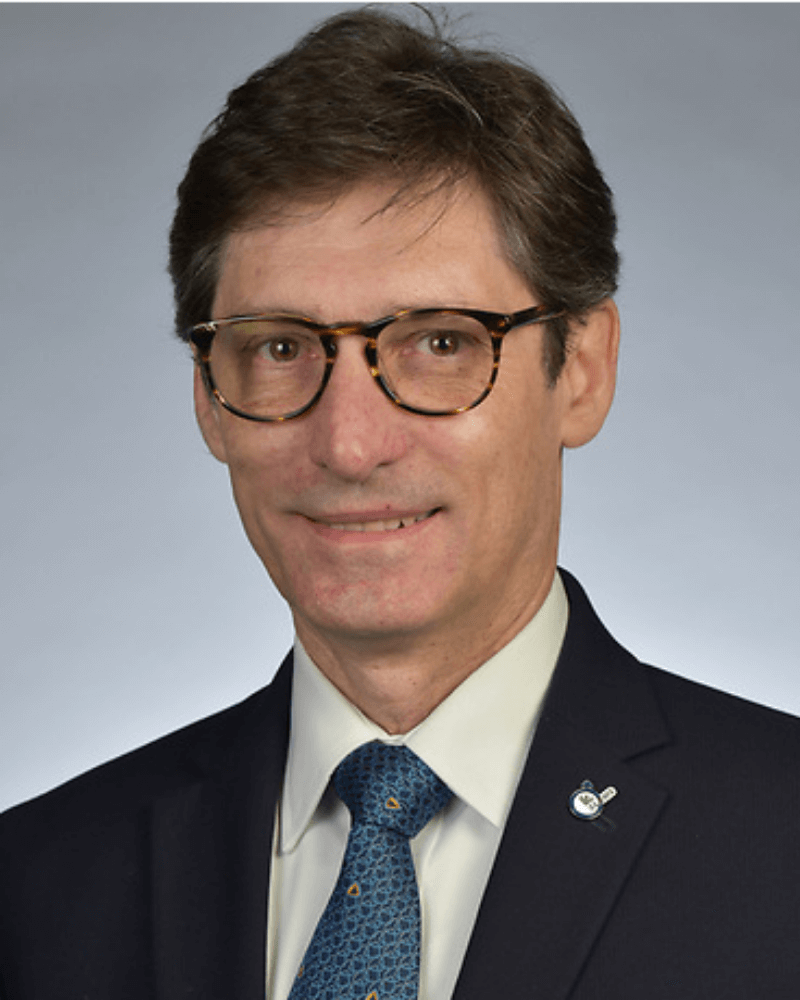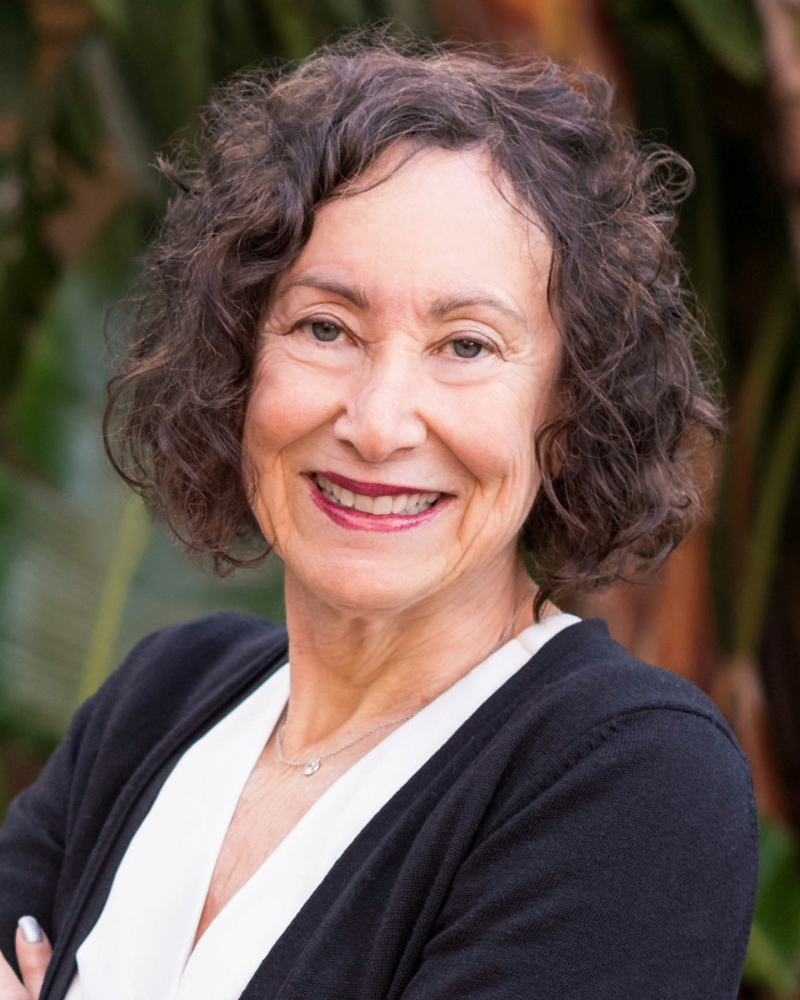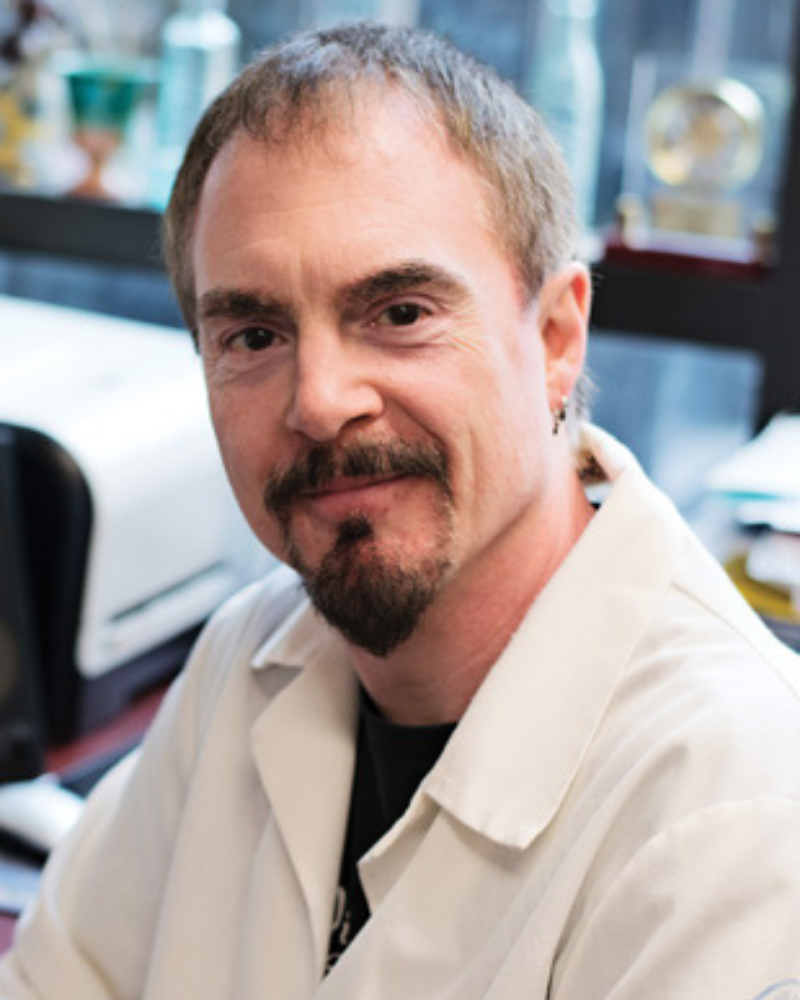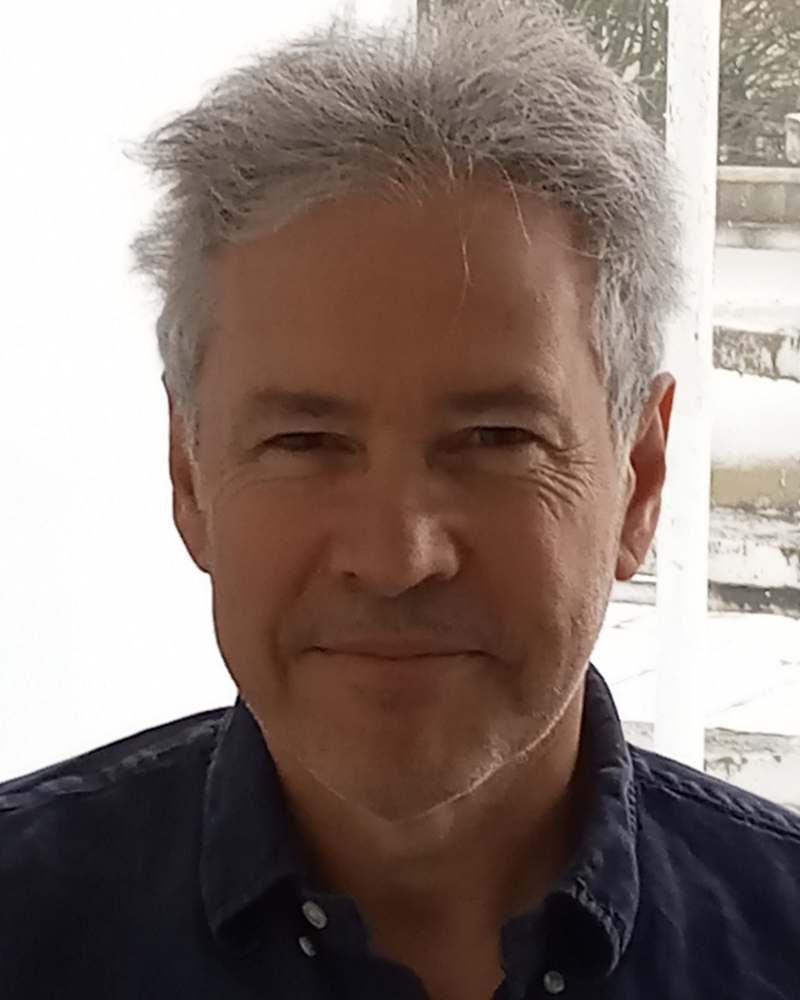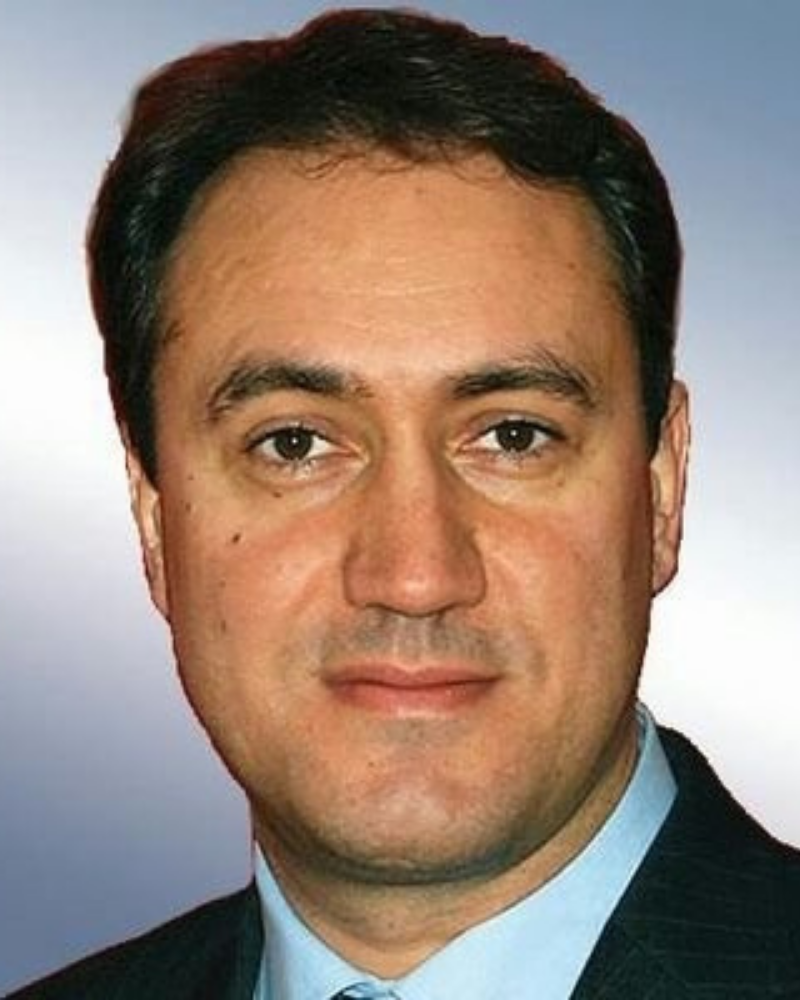Sexology Courses
Learn sexology online from the best in the field. Whether you are a health care provider, a student, or a curious learner, you can access world-class sexology courses at your fingertips. Explore the latest sexology education, clinical cases and inspiration from leading experts, academics and sexologists. Join the online community of sexology enthusiasts today.
Determinants of SexFemale Sexual DysfunctionsMale Sexual DysfunctionsSexual MinoritiesSexual VariationsTreatments
Clear Filter Instructional Courses
by Evie Kirana
by Marty Klein
by Joe Kort
by Christiane Sanderson
by Remziye Kunelaki, David Stuart ✟
by David Veale
by Francesca Tripodi
by Ronit Aloni, Rafi Heruti
by Dominic Davies
State of the art Lectures
by Nicole Prause
by Lisa Diamond
by Marieke Dewitte
by Anna Maria Giraldi
by Bruno Nascimento
by Carlo Bettocchi
by Fernando Facio
by Sue Goldstein
by Anna Maria Giraldi
by Francesca Tripodi
by Evie Kirana
by Francesca Tripodi
by Mijal Luria
by Tillmann Krueger, Claas de Boer
by Michal Lew-Starovicz
by Jim Pfaus
by Markie Twist
by Johannes Bitzer
by Francesca Tripodi
by Francesca Tripodi
by Anna Maria Giraldi
by Evie Kirana
by Evie Kirana
by Dimitris Hatzichristou
by Yacov Reisman
Clinical Case Discussions
by Hester Pastoor
by David Veale
by Alfons Vansteenwegen
by Alfons Vansteenwegen
by Mehmet Sungur
by Sheryl Kingsberg
by Stanley Althof
by Evie Kirana
by Francesca Tripodi
by Sheryl Kingsberg
by Stanley Althof
by Mehmet Sungur
Inspirational Talks
by Dominic Davies, Silva Neves
by Sheryl Kingsberg
by Dossie Easton, Janet Hardy
by François Giuliano
by Michael Perelman
by Rados Djinovic
by Esben Esther Pirelli Benestad
by I. Blockmans, A. Cowan, Y. Dolonen, J. Kool
by Stanley Althof
New Clinical Findings
by Giovanni Castellini
by Peter Karl Jonason
by Marieke Dewitte
by Dimitris Hatzichristou
by Iris de Brouwer, Tim van de Grift
by Christian Joyal
by Dimitris Hatzichristou
by Leonor de Oliveira
by Leonor de Oliveira



